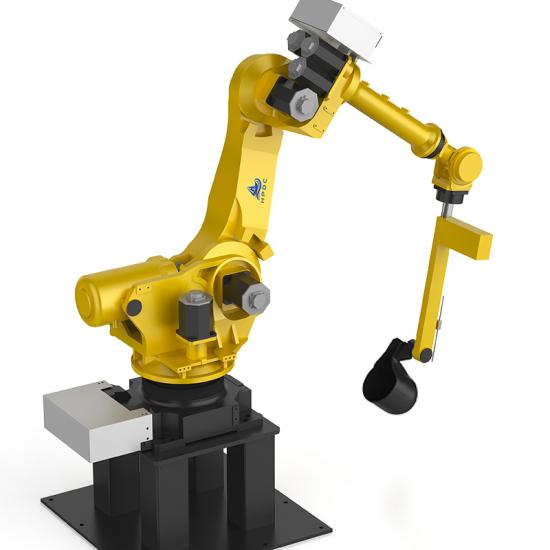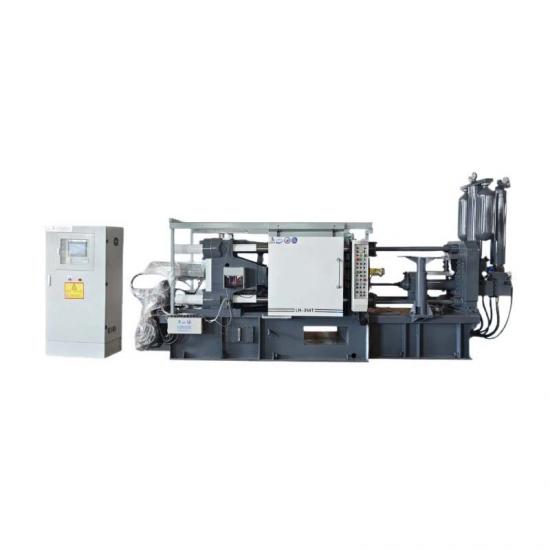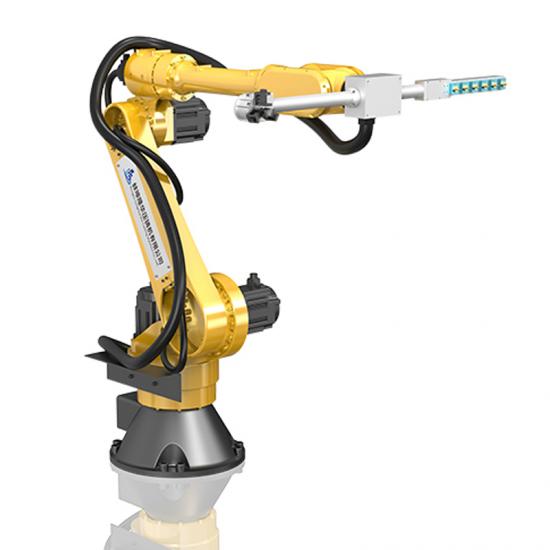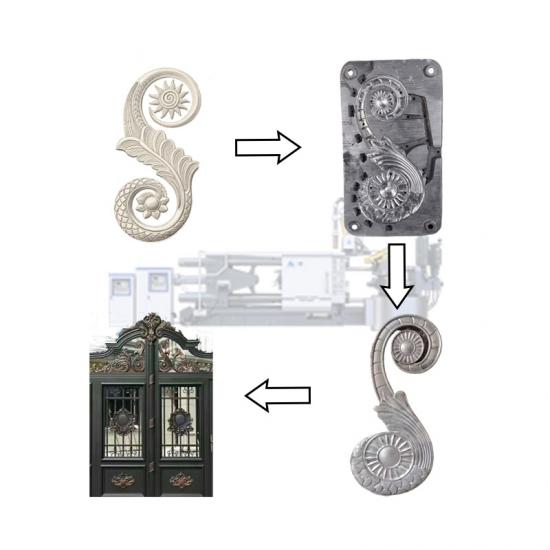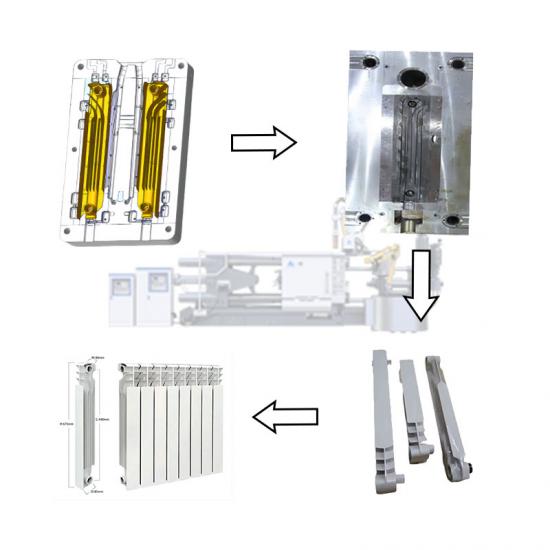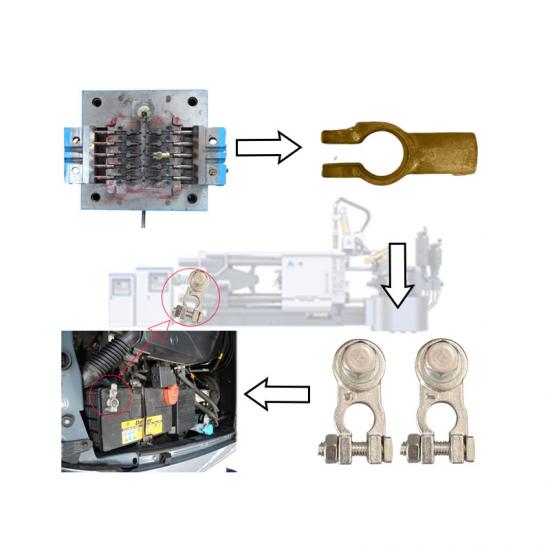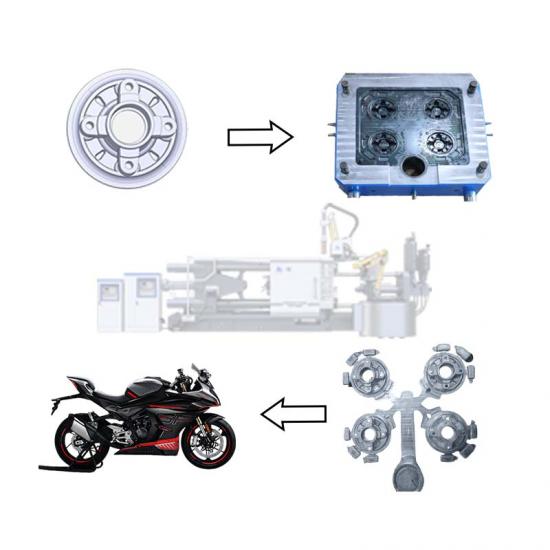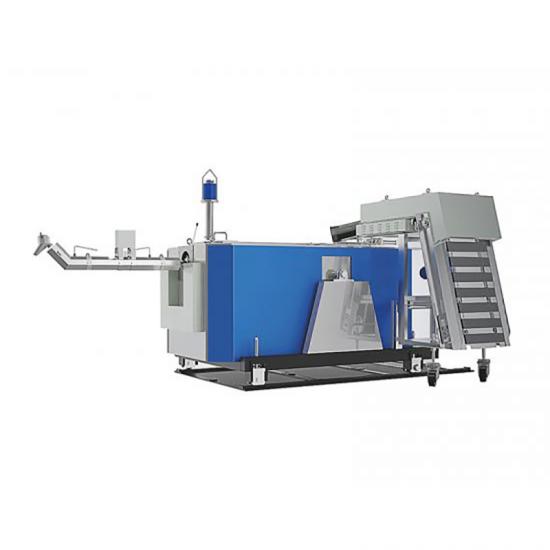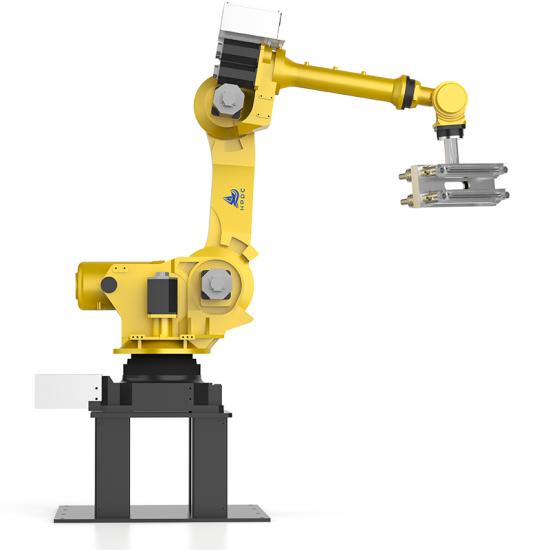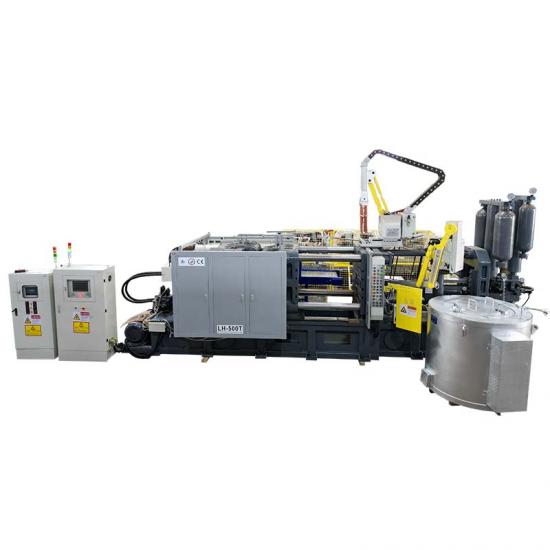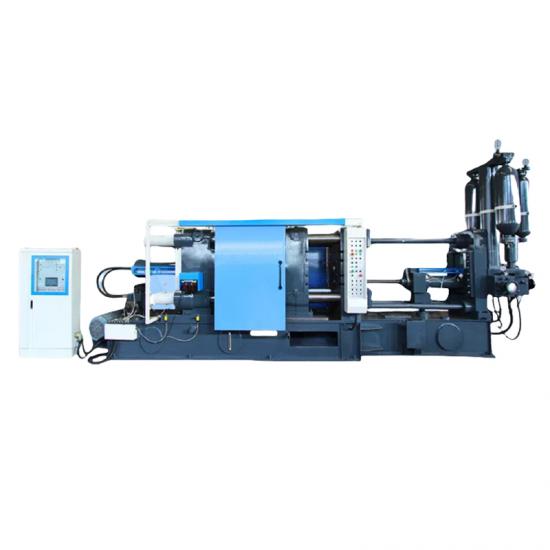Die casting, also known as high-pressure casting, is a near-net-shaping technology that has been widely used in the automotive, aerospace, and electronics industries in recent years. During the die-casting process, molten metal (generally light alloy) fills the cavity with high pressure and high speed under the action of the punch, and quickly cools to form the final casting.
Die-casting is generally divided into cold-chamber die-casting and hot-chamber die-casting. Cold-chamber die-casting is mainly used for the production of large parts, such as automotive parts and communication base station cooling parts. Hot-chamber die-casting is widely used in the production of small electronic or 3C products. Process, such as USB connector, notebook shell, etc.
1. Die casting has a good automation foundation
Compared with the ordinary casting process, die casting is characterized by high speed and high pressure. The products produced are generally light alloy thin-walled parts, but die casting technology is also used in the production of pure copper rotors. Unlike aluminum and magnesium alloys, pure copper The melting point is very high, so short die life during pure copper die casting is a big problem.
Among all casting technologies, die casting has the highest degree of automation. Modern die-casting companies use automated die-casting island technology, which highly integrates die-casting machines (generally dozens or even hundreds) to form a fully automated production process. At the same time, using intelligent factory technology, the production process of the die casting machine is monitored, the performance and status of each die casting machine are grasped in real time, and the production process of the die casting machine is adjusted in time through big data measurement and real-time feedback to ensure Final product quality.
The real-time control of die casting mold temperature is a simple example:
Taking cold chamber die-casting as an example, in the production process, due to the continuous filling of the mold cavity with high-temperature liquid metal, the mold temperature continues to increase. At this time, in order to ensure that the temperature of the mold is not overheated, cooling water is generally used to cool the mold. If the design of the cooling water piping is reasonable, in general, we can ensure that the temperature of the mold reaches the so-called thermal balance by controlling the temperature and flow rate of the cooling water. From this point of view, we can design the cooling water feedback system. After we know the actual value of the mold temperature, we can control the temperature and flow rate of the cooling water through calculation and immediate feedback system, and finally we can control the temperature of the mold. This is a typical application of a smart factory for die casting at this stage.
In fact, the above case of intelligent control is just a very small application scenario in the "smart factory". To achieve a real "smart factory", a large amount of real-time production data needs to be collected, of which the data related to product quality is decisive , Such as density, porosity, and oxidation inclusions, because these data are the indicators that customers care about most, and are also the core indicators that measure whether a casting is qualified. At this stage, these most critical indicators are the most difficult to obtain, because for metal alloy products, we cannot directly observe the internal structure of the product. Most manufacturers adopt the method of spot-checking the castings, cutting them in the key areas clearly specified by the customer, and then directly observing whether there is a problem; another method is to use two-dimensional X-ray detection technology to scan the local position of the sample castings and Observation, the biggest problem of this method is that the three-dimensional casting information is compressed into two-dimensional slices, and the information obtained by observation cannot fully reflect the actual situation.
Figure 3. European MUSIC project implementation plan at AUDI AG Ingolstadt Smart Factory
Internal quality monitoring of castings
With the continuous development of the automobile industry, the requirements for the quality of parts are becoming higher and higher. Large automobile manufacturers continue to formulate requirements for the internal quality of parts and components, and quantitatively specify the standards that can exist in the internal defects of parts. In this case, the component supplier must be able to detect and calibrate the distribution of defects in all castings in real time during the production process, and compare the standards to assess whether the castings meet the requirements.
So how to correctly observe and record the defects inside the casting? The best technology in the existing technology is computer tomography, also known as CT technology. CT technology has been widely used in the medical field, and the application of CT technology in industrial testing is still a newly emerging technology in recent years.
To apply CT technology to the internal quality inspection of castings, the following requirements must be met:
First, the detection speed must be high enough to match the real-time production process of castings;
Second, the quality of the image obtained by the inspection must be good enough to match the accurate identification of the image by subsequent software;
Third, while ensuring accuracy, the software or algorithm that recognizes the image must be fast enough so as not to delay the production schedule.
Among them, the first two requirements are for CT testing itself, and the last one is for testing software or algorithms. An overview of the existing CT technology, we will find that the most promising testing instrument is the Quick-Test CT equipment (Speed-Scan) produced by General Electric Company, and this equipment has been used by the German Volkswagen Company for actual castings. Detected. But looking at the domestic die casting industry, the use of real-time CT technology to control the quality of castings is a serious challenge from the operational level. The biggest constraint is the cost-the cost of CT testing equipment is extremely high, and it is used for The production line generally requires a large amount of CT testing equipment, which is beyond the reach of most domestic enterprises. With the continuous development of the industry and the continuous improvement of the quality requirements of castings, the use of CT technology to detect the internal quality of castings in real time will be a general requirement for OEMs to suppliers for a period of time in the future.
Process feedback and adjustment
Under the premise that the casting is detected by CT and obtains three-dimensional solid data, we assume that there is an algorithm that can analyze the data in a very efficient manner and give all information about the internal defects of the casting, including type, size and Distribution, etc., then we can use this information to adjust and correct the production process itself, and finally obtain qualified castings without excess defects. This process-that is, the process of obtaining casting information and modifying the process, is called process feedback and adjustment process. Of course, we cannot complete this process based on only one piece of casting information. The most normal situation is to obtain a large number of pieces of casting information, and solve the casting defects through statistical analysis and process-related methods.
The next question is, even if we obtain a large amount of defect distribution information inside the casting, how can we avoid unqualified defects by adjusting the process parameters? The most powerful analysis tool available is computer numerical simulation, which is well known to us Computer-aided engineering (CAE) technology.
Using computer simulation technology, we can achieve virtual production in a local sense. Especially for die casting, we can directly numerically simulate the filling and solidification process, by studying the speed, pressure, flow pattern and splash of the fluid filling cavity Etc. to determine whether there is gas in the filling process; by calculating the temperature changes of castings and molds under different cycle conditions of die casting, to determine and study the potential hot joints, casting defects (shrinkage, shrinkage) and thermal balance behavior of die casting . Through this numerical simulation technology, on the basis of certain analysis conditions, we can largely judge and avoid defects within the casting, improve casting performance and greatly improve production efficiency, and achieve the process feedback and correction we discussed earlier. purpose.
We put the whole process together: use digital technology (CT) to detect the three-dimensional defect data of the product in real time. If the product is not qualified, the data will be transmitted to the CAE analysis center, using simulation technology to analyze and generate a solution to the defect problem, and the solution feedback Go to the production and process front end for execution and re-acquire the product. The product continues to undergo digital inspection and obtain three-dimensional defect data. If the product is qualified, the iteration ends, otherwise it continues.
Master core digital technology
It can be seen that CAE analysis plays a key role in this process, and the effectiveness of the proposed solution will have an impact on the efficiency of the entire process. In fact, whether you can master the core of CAE technology and whether you can apply numerical simulation technology in actual production can measure the technical capabilities of a die-casting company to a large extent, because digital technology is a must for enterprises Road, the sooner you can master the core of digital technology on this road, the more you can stand out in the future corporate competition.
Therefore, if the digital detection technology and CAE analysis technology are well applied to the existing die-casting enterprises, we can see a complete and typical digital factory scene. Among them, digital detection technology realizes the digitization of physical entities, and CAE analysis technology converts the digital information obtained by detection into problem solutions based on virtual production. In this process, digital detection is actually a fully automated process, while CAE analysis is still Requires human participation. If CAE analysis can be solidified into an algorithm and fully automated, then this is the prototype of the future intelligent digital factory.












